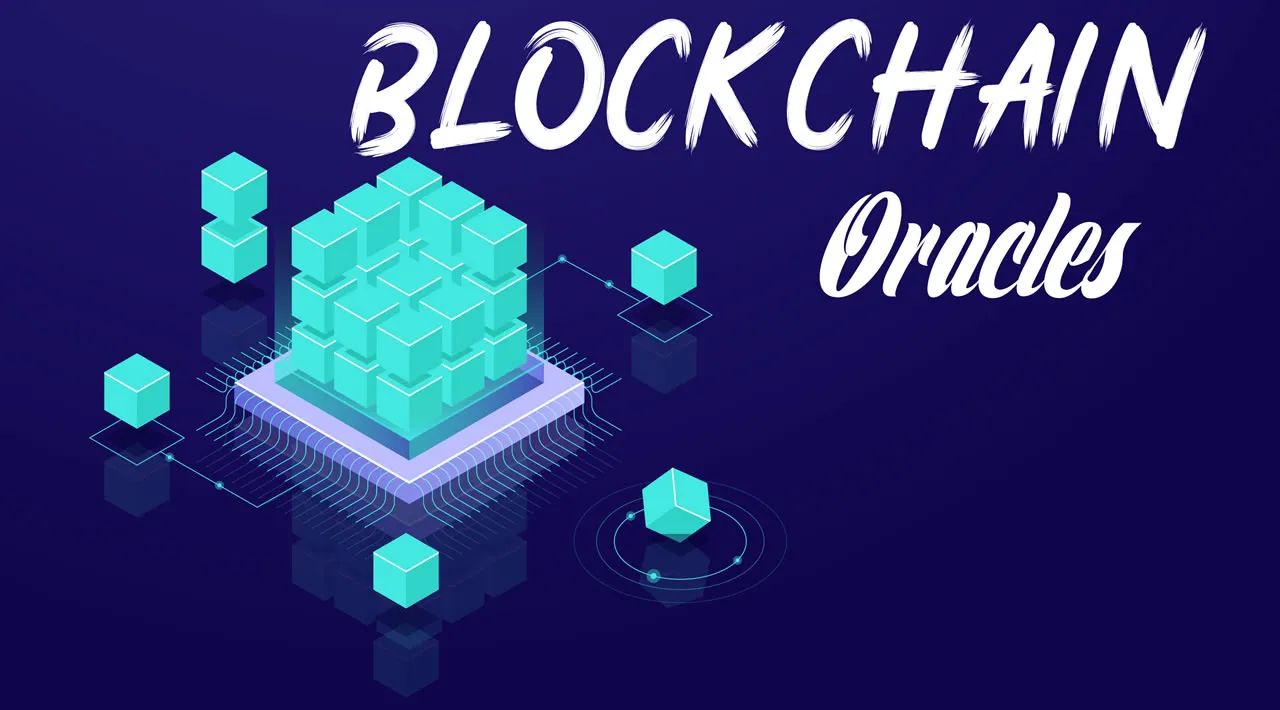Top Ethereum Competitors and Alternatives in 2025
Examining various blockchain platforms reveals compelling distinct attributes that set them apart in the market. For those seeking scalability and transaction speed, Solana stands out with its unique Proof of History mechanism, allowing thousands of transactions per second. Its low-cost transactions make it an attractive option for decentralized applications and DeFi projects.
If you prioritize security alongside efficiency, Cardano employs a research-driven approach, utilizing a layered architecture that separates settlement and computation layers. This innovation enhances security while enabling smart contracts and decentralized applications to flourish without sacrificing performance.
For developers focused on interoperability, Polkadot provides a structured environment where multiple blockchains can communicate and share data seamlessly. This ability ensures that applications can benefit from the strengths of various networks while maintaining their unique functionalities.
Lastly, if user experience is paramount, Avalanche offers sub-second transaction finality combined with an intuitive interface. Its consensus mechanism promotes rapid confirmations, making it ideal for high-frequency trading and applications requiring immediate responses.
Understanding the Scalability Solutions of Competitors
Layer 2 technologies have emerged as a practical approach to enhance transaction throughput. Solutions like zk-Rollups and Optimistic Rollups significantly reduce load on the base layer while maintaining security. zk-Rollups offer compression through zero-knowledge proofs, enabling thousands of transactions to be bundled into a single on-chain call, minimizing gas fees and time delays.
Sharding is another strategic method seen in various projects. By partitioning the network into shards, each capable of processing transactions independently, the overall capacity for data processing amplifies. This allows for parallel transaction execution, drastically improving speeds and reducing congestion during peak activity.
Hybrid models are also being adopted, combining on-chain and off-chain processing. This approach employs off-chain solutions for routine interactions while keeping crucial transactions on-chain, balancing security with performance. By minimizing on-chain activity, these models lower costs and enhance user experience.
Multi-chain architectures leverage interoperability to share workloads across different blockchains. This strategy enhances decentralization while allowing specialized chains to handle specific applications or transaction types, thereby optimizing resource use and scaling effectively.
Developers benefit from comprehensive toolkits provided by many platforms, enabling easier integration of solutions for scalability. These toolkits include SDKs and APIs designed to support rapid implementation of various techniques, ensuring that projects stay agile and adaptive.
Monitoring and analytics tools are critical for understanding network performance and identifying bottlenecks. Real-time data enables teams to make informed decisions about scaling and optimizing infrastructure, ensuring smooth operations during times of high demand.
Comparing Smart Contract Capabilities Across Platforms
Optimizing smart contract implementation varies significantly among different blockchain protocols. Here are key aspects and distinctive mechanisms employed by various platforms.
Language and Development Environment
- Solidity: Primarily used for writing smart contracts in the leading framework. Known for its similarity to JavaScript, facilitating easier transition for web developers.
- Vyper: An alternative to Solidity designed for increased security and simplicity, making it suitable for high-stakes applications.
- Rust: Utilized by several emerging networks, acclaimed for memory safety and concurrency, appealing for performance-intensive applications.
- Move: Adopted by unique systems; focuses on resource-oriented programming, ensuring safe and predictable interactions with assets.
Scalability and Execution
- Layer 2 Solutions: Several blockchains have integrated Layer 2 technologies, enhancing transaction throughput and reducing costs. Examples include zkRollups and Optimistic Rollups.
- Parallel Execution: Platforms like Polkadot utilize parachains, allowing for simultaneous contract execution across different shards, significantly improving speed.
- Gas Fees: Not all systems use the gas model for transaction costs. Some offer alternative pricing structures based on staking or fixed fees, which can be more predictable.
Evaluating smart contract capacities requires an understanding of specific frameworks, languages, and operational models. Tailoring development choices according to these variables influences the overall success of decentralized applications.
Evaluating Transaction Fees and Economic Models
Focus on platforms that maintain low transaction fees alongside robust economic frameworks. For example, Solana offers an average transaction fee of $0.00025, making it extremely attractive for high-frequency trading and microtransactions. In contrast, Polygon leverages Layer 2 solutions, resulting in costs around $0.01 per transaction, facilitating scalability for decentralized applications.
Consider the governance mechanisms influencing economic models. For instance, Tezos utilizes a unique self-amendment protocol that allows stakeholders to propose changes to the network. This model enhances long-term sustainability by incentivizing community participation, which can stabilize economic factors over time.
| Platform | Average Transaction Fee | Economic Model |
|---|---|---|
| Solana | $0.00025 | Proof of History |
| Polygon | $0.01 | Layer 2 Scaling |
| Tezos | $0.001 | Self-Amendment Governance |
| Avalanche | $0.02 | Subnets and Customizing |
| Cardano | $0.16 | Proof of Stake with Rewards |
Pay attention to the staking rewards, which directly impact the economic ecosystem. Cardano’s staking mechanism offers approximately 5% annual returns, while Polkadot allows staking and governance participation, enriching users’ experience while securing the network.
Prioritize solutions that continuously enhance network efficiency. Layer 2 options can significantly reduce congestion, leading to lower fees. Sustainable economic models, combined with minimal fees, create a compelling offering for various use cases, thus attracting a wider developer community.
Exploring Interoperability Features in Competing Blockchains
Cross-chain communication plays a pivotal role in enhancing connectivity among various blockchain networks. Projects like Polkadot excel in this area by utilizing a multichain framework that allows different blockchains to exchange information and assets seamlessly. Its architecture encourages collaboration through “parachains,” ensuring efficient interconnectivity while maintaining scalability.
Atomic Swaps and Compatibility
Compatible chains such as Cosmos provide atomic swap capabilities, enabling users to trade cryptocurrencies directly across different networks without intermediaries. This feature significantly minimizes the reliance on centralized exchanges, fostering greater reliability and user autonomy.
Bridges for Asset Transfers
Blockchain platforms such as Avalanche employ bridges to facilitate asset transfers between their ecosystem and others. These bridges incorporate mechanisms to ensure security, reducing the risks associated with cross-chain transactions. By simplifying the migration of assets, platforms like Avalanche enhance user experience and expand liquidity across diverse blockchain infrastructures.
Assessing Community and Developer Support for Alternatives
Prioritize platforms with active community forums and high engagement rates on social media. Research the number of contributors on GitHub and other development platforms to gauge developer interest and activity. Look for projects with a well-documented codebase and transparent roadmaps, as these factors indicate commitment and reliability.
Evaluating Community Interaction
Participate in community events such as hackathons and AMAs to assess enthusiasm and motivation. Check for the presence of localized user groups and meetups, which can enhance collaboration and user support. Active community channels on Discord or Telegram signal strong user investment and ongoing dialogue.
Analyzing Developer Ecosystem
Review the number and quality of development tools provided by the platform. A rich ecosystem of APIs, SDKs, and libraries indicates a foundational level of support that can accelerate project development. Analyze the frequency of updates and responsiveness to community feedback, as these elements directly influence the longevity and adaptability of the network.
Examining Security Protocols and Consensus Mechanisms
Prioritize platforms utilizing innovative consensus methods to enhance security, scalability, and transaction speed. Assess the following protocols:
1. Proof of Stake (PoS)
- Encourages validators to hold tokens, reducing the likelihood of attacks.
- Examples include Cardano and Tezos, both implementing unique PoS variants.
- Validators are randomly chosen, enhancing efficiency compared to Proof of Work (PoW).
2. Delegated Proof of Stake (DPoS)
- Employs elected delegates to validate transactions, promoting swift consensus.
- EOS and TRON utilize DPoS, providing increased transaction throughput.
- Incentivizes community participation in governance and security protocols.
Review additional security measures integrated by various networks:
- Slashing Mechanism: Implements penalties for malicious activities, enhancing trust in validators.
- Multi-signature Transactions: Requires multiple approvals for high-value transactions, reducing fraud risks.
- Layer 2 Solutions: Enhances scalability without compromising security, as seen with the Lightning Network in Bitcoin.
Analyze these characteristics when choosing a blockchain for development or investment, to determine which aligns best with specific security requirements and operational goals.
Q&A: Top Ethereum Competitors and Alternatives
What makes BNB Smart Chain a strong ethereum alternative in the current crypto market?
BNB Smart Chain is considered a strong ethereum alternative due to its compatibility with the Ethereum Virtual Machine (EVM), low fees, and high transaction throughput. It supports smart contracts and dapps similar to the Ethereum blockchain but with faster confirmation times and reduced gas costs. As a result, many projects and users have migrated to BNB Smart Chain to avoid Ethereum network congestion, making it a top competitor to Ethereum in 2024.
How does Solana compare to Ethereum as a smart contract platform and decentralized network?
Solana is often mentioned as a best ethereum alternative because of its scalability and ultra-fast transaction speeds. Unlike Ethereum, which currently relies on proof-of-stake, Solana uses a unique proof-of-history mechanism that enhances throughput. Solana supports decentralized finance and smart contracts, and its low fees make it attractive to developers building dapps and NFTs. In the debate of Solana vs Ethereum, Solana appeals to those seeking high performance in Web3 applications.
Why are developers and users seeking best alternatives to Ethereum for dapps and NFTs in 2024?
Due to ongoing network congestion and high gas fees on the Ethereum network, developers and users are increasingly exploring best alternatives to Ethereum for launching dapps and NFTs. Alternatives like BNB Smart Chain, Solana, and Avalanche offer scalable environments and lower transaction costs. These platforms, while still compatible with Ethereum tools through EVM support, allow for faster and more cost-effective deployment of decentralized finance projects and NFT marketplaces.
What are the top 5 ethereum competitors to watch in 2025 based on current blockchain technology trends?
The top 5 ethereum competitors in 2025 are expected to include Solana, BNB Smart Chain, Avalanche, Cardano, and Polkadot. Each of these networks like Ethereum supports smart contracts and aims to address scalability and speed challenges. With advancements in blockchain technology, these platforms are well-positioned to compete with Ethereum 2.0 by offering better infrastructure for dapps, NFTs, and decentralized finance in a growing crypto market.
Why is Binance Smart Chain considered by some as an ethereum killer in the cryptocurrency space?
Binance Smart Chain is labeled an ethereum killer by some because it offers a high-performance alternative to Ethereum with significantly lower fees and faster transaction times. Built to support Ethereum dapps and compatible with the Ethereum Virtual Machine, it attracts ethereum developers looking for scalable solutions. Backed by Binance, one of the largest cryptocurrency exchange platforms, BNB Smart Chain has grown rapidly in the cryptocurrency ecosystem, especially in areas like DeFi and smart contracts.
What advantages does Binance have as both a blockchain provider and cryptocurrency exchange?
Binance holds a unique position as both a leading cryptocurrency exchange and the developer behind Binance Smart Chain. This dual role allows it to integrate services tightly across its ecosystem, making token launches, trading, and DeFi applications more seamless. Users can access Binance’s crypto exchange and easily transition into using its blockchain for staking, farming, or building Ethereum dapps, creating one of the best blockchain environments for new developers and investors.
Why are networks like Solana gaining traction among ethereum developers?
Networks like Solana are gaining interest among ethereum developers due to their high scalability, low transaction costs, and growing infrastructure for DeFi and smart contracts. Although Ethereum remains dominant, competitors like Solana offer performance benefits that appeal to developers looking to avoid network congestion and high gas fees. This makes Solana and other alternatives in 2025 attractive for building next-generation decentralized applications.
What makes some platforms strong candidates for the top 10 ethereum alternatives in 2025?
Platforms that support Ethereum dapps, offer robust DeFi ecosystems, and solve scalability issues are strong candidates for the top 10 ethereum alternatives in 2025. Competitors like Solana, Avalanche, and Binance Smart Chain are leading examples, providing better transaction speeds and cost-efficiency. Their developer-friendly environments, combined with growing user bases, position them to challenge the dominance of Bitcoin and Ethereum in the broader cryptocurrency landscape.


